

Chrysler – named after the company founder, Walter P. Chrysler.
Chrysler was one of the "Big Three" automobile manufacturers in the United States, headquartered in Auburn Hills, Michigan. The original Chrysler Corporation was founded by Walter Chrysler from the remains of the Maxwell Motor Company in 1925. In May 2014, Fiat Chrysler Automobiles was established by merging Fiat S.p.A. into the company.


Headquarters Detroit, Michigan, United States

Parent: Chrysler Corporation, Michigan, United States, 1925-1998

Parent: DaimlerChrysler, Stuttgart, Germany, 1998-2007

Parent: Chrysler LLC, Michigan, United States, 2007-2009
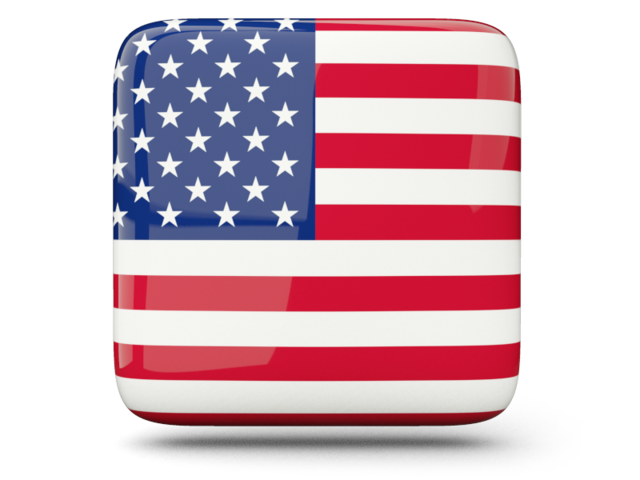
Headquartered: Chrysler Group LLC,Auburn Hills, Michigan, 2009–2014
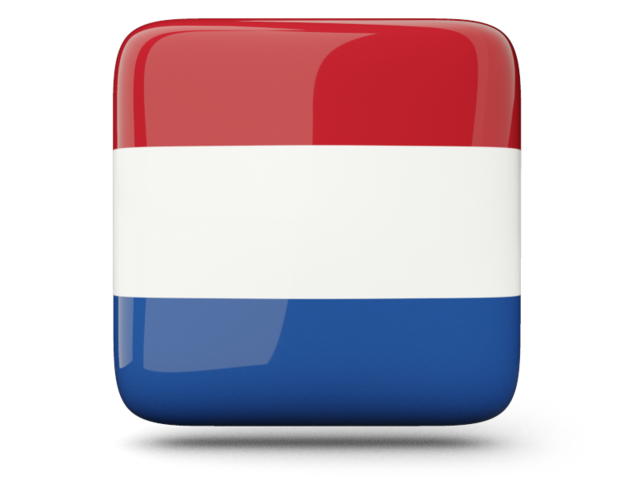
Parent: Fiat Chrysler Automobiles NV,Amsterdam, Netherlands, 2014-2021

Parent company: Stellantis North America, Michigan, United States, 2021-now










imperial

"The adjective ‘imperial’ according to Webster's Dictionary means sovereign, supreme, superior or of unusual size or excellence. The word imperial thus justly befits Chrysler's highest priced model."
Chrysler Corporation advised state licensing bureaus that beginning in 1955, the Imperial was to be registered as a separate make. It was an attempt to compete directly with GM's Cadillac and Ford's Lincoln distinct luxury-focused marques. With the new "Imperial" make, Chrysler Corporation's intention was to create an individual line of luxury cars, above and distinct from Chrysler branded vehicles. Imperial was the Chrysler Corporation's luxury automobile brand from 1955 to 1975, and again from 1981 to 1983.






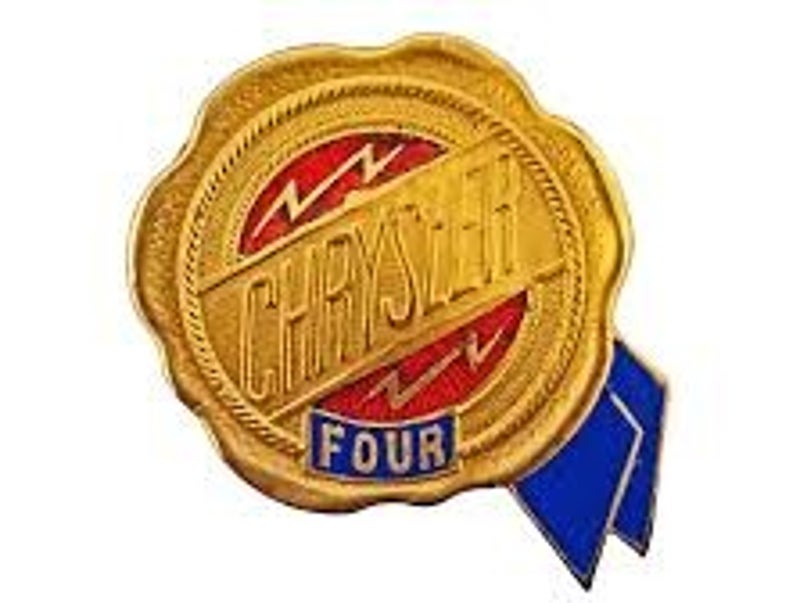
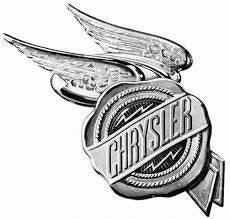






1924-1928
1928-1930
1930-1936
1936-1950
1950-1951
1951-1955
1955-1962
1962-1980








1980-1990
1990-1993
1993-1995
1995-1998
1998-2000
2000-2008
2008-2009
2009-2023

2023-now









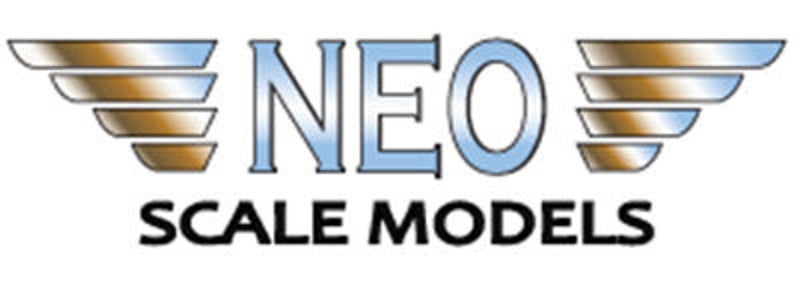











Create Your Own Website With JouwWeb